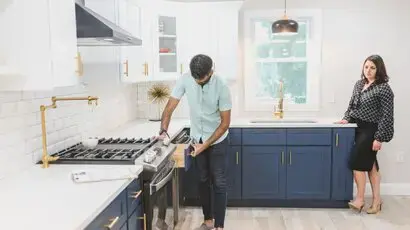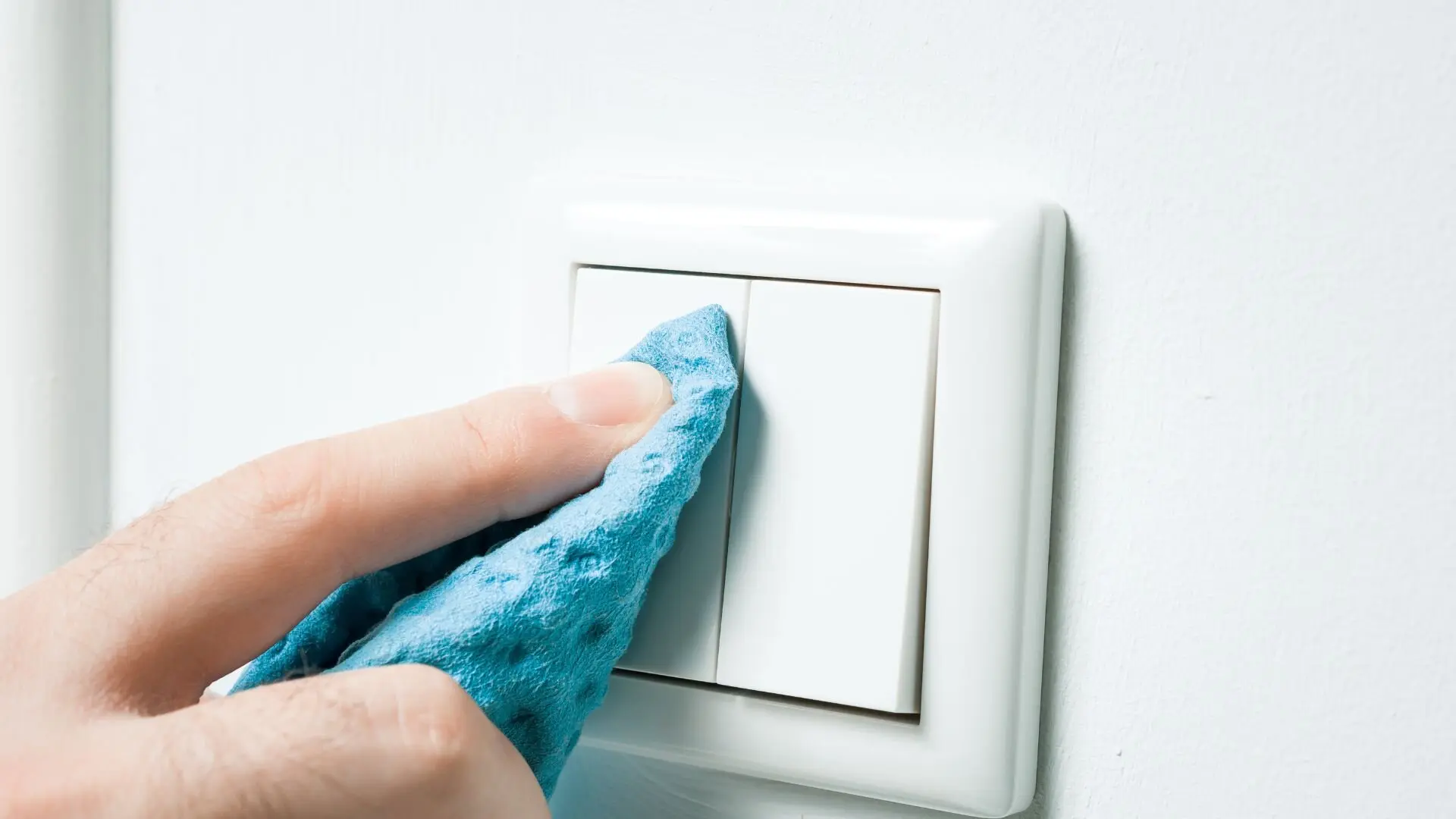
Get your free Melbourne Electrician quote today!
Our team of Melbourne Electricians is here to help you with any questions or concerns you may have. We’re committed to providing you with the best possible service and support.
This blog provides essential tips and straightforward guidelines for conducting basic electrical maintenance at home. Perfect for homeowners looking to maintain their electrical systems efficiently and safely.
Maintaining your home’s electrical system isn’t just about keeping things efficient; it’s vital for avoiding serious issues like fires or shocks. By taking on a few DIY tasks, you can save money and feel more self-assured about handling electrical matters. Straightforward tasks, like switching out a light switch, adding a socket, or fixing simple appliances, can be done safely without professional help, provided you follow the necessary safety guidelines.
This guide takes you through different DIY electrical fixes, focusing on keeping each one safe and simple. Whether it’s looking out for signs of dodgy wiring or replacing worn-out wires in your outlets, these steps help your home function smoothly. We’ll also cover when it’s essential to consult a qualified electrician for the more complex tasks. Properly managing your own electrical projects can enhance both safety and efficiency at home.
Assessing Your Home’s Electrical System
Before diving into DIY electrical repairs, make sure to thoroughly check your home’s electrical system. This means having a good look at your light switches, outlets, and circuit breakers. Such inspections can help you catch potential issues early and boost your home’s safety.
Start by examining your electrical panel. Look for any signs of faulty wiring or overloaded circuits, which can lead to power surges and potential electrical fires. Testing each electric wall outlet using a voltage tester is also advisable to ensure they are operating correctly and safely. If any issues like a loose outlet or broken wire are detected, note these for immediate attention.

Dust Management and Outlets
Keeping devices and outlets dust-free is crucial. Use a soft brush or a vacuum with an attachment to clean out dust from outlets and vents on appliances like toaster ovens and antique lamps. This simple step helps prevent overheating and potential fire hazards.
Load Distribution
Proper load distribution is essential to maintaining the efficiency of your electrical system:
- Circuit Check: Regularly check that every circuit is loaded with only a few appliances. This helps in preventing safety hazards.
- Dedicated Circuits: Consider installing dedicated circuits for high-demand devices like pond pumps. This will enhance safety and improve system efficiency.
Regular Inspections and Upgrades
Keeping your electrical system in top condition involves regular inspections and timely upgrades:
- Inspect and Replace: To prevent electrical issues, regularly check and replace old or worn components such as extension cords, old plugs, and insulation jackets.
- Installing New Components: Consider installing new outlets or sockets where necessary to accommodate additional appliances safely.
Professional Assistance
For more complex tasks, such as wiring or lead replacement, engaging a qualified electrician is advisable:
Professional electrical services can ensure that tasks like installing new plugs or sockets are executed correctly, maintaining the integrity and safety of your home’s electrical system.
Following these guidelines will effectively maintain and enhance the performance and longevity of your home’s electrical system.
Stay Safe, Stay Empowered
Adhering to safety guidelines during DIY electrical maintenance isn’t just about ensuring your own safety; it’s about protecting your home and loved ones from potential hazards. While tackling maintenance tasks, it’s crucial to recognise your limits and understand when a situation calls for professional intervention.
Performing DIY projects with confidence and caution can help you keep your home’s electrical system in peak condition. For more complex issues, electrical maintenance, or professional advice, feel free to contact WP Electrical. Our experts are ready to assist with all your electrical needs, ensuring you stay safe while staying empowered.
Published by: Pascal Harb17 October 2025